The Most Common Ghost Tropes In Paranormal Movies & Television Shows
If you're a movie lover or fan of the paranormal genre in general, then you've probably come across these significant or recurrent themes plenty of times. There's are the most commonly used tropes in ghost movies.
This page is more than seven years old.
Moving To A New House
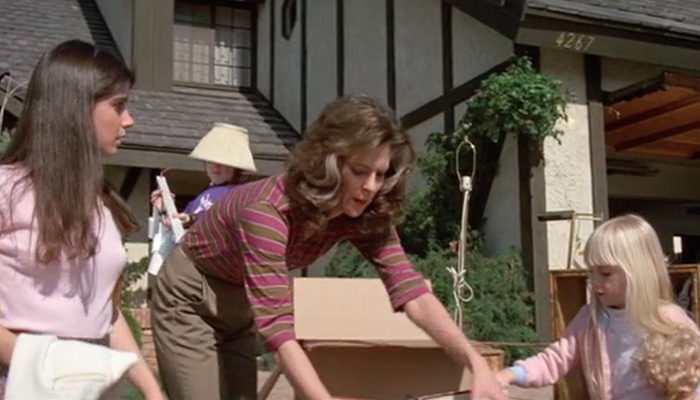
Almost all haunted house movies involve moving into a new house. After the family's arrival, small odd incidents occur and gradually escalate until the family find themselves in the midst of a full-blown haunting.
This happens most famously in Steven Spielberg's 1982 movie 'Poltergeist' and in the Amityville series. In the case of Amityville it was the Lutz family who moved into the house and first experienced hauntings, but other families experienced the same sequels and subsequent movies.
The same happens in 'Beetlejuice' when the Deetze family move into a house and find it to be haunted by its former residents, Adam and Barbara Maitland.
Most recently this trope has appeared in two of the 'Insidious' movies, the first movie in 'The Conjuring' series, and the similar movie 'Sinister'.
Cold Spots & Temperature Drops
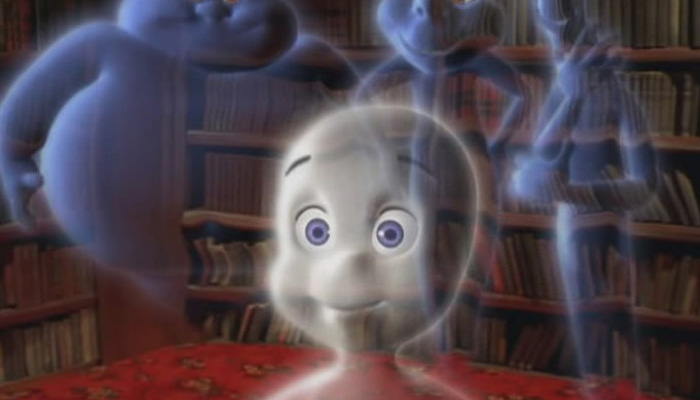
This is a common trope on ghost hunting shows and one that paranormal investigators tend to believe in. It's also frequently used in movies. In the 1995 movie, 'Casper', Kat tells the friendly ghost that he feels cold. And, in 'Poltergeist III' Lara Flynn Boyle says that she's cold after coming back from the "other side".
You Look Like You've Seen A Ghost
This phrase is commonly used in television and movies, often after a character has actually seen a ghost, or at least someone who they previously thought was dead.
It appears in Tim Burton's 'Sleepy Hollow' and is said by Miranda Richardson's character, Lady Van Tassel shortly after she faked her own death. Doc Brown also says it Marty McFly in 'Back To The Future III' after Marty sees the Doc's grave. Marty's reply, "you're not far off, Doc."
Advertisement ‐ Content Continues Below.
Knock Once For No, Twice For Yes
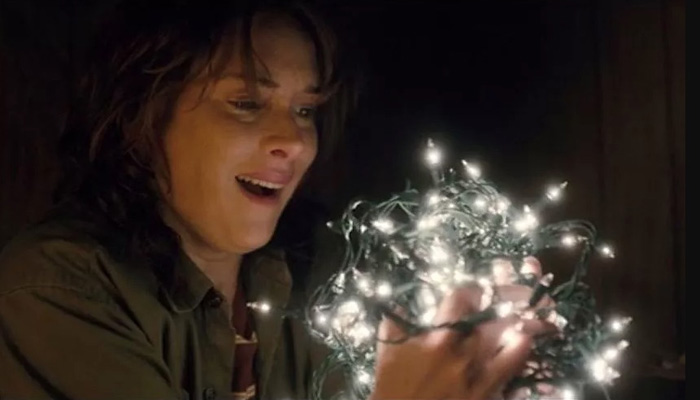
Another trope which is very common in ghost hunting show and any paranormal movie where someone tries to contact a spirit or ghost. In real life, the first recorded case of rapping as a way of communicating with ghosts dates back to New York in the 1848. Two sisters, Kate, Margaret Fox were just 12 and 15-years-old when they moved with their family to a new house in an area that was known as Hydesville.
The girls soon came to the conclusion that their was house was haunted after experiencing frequent unexplained sounds that they described as being like knocking. Using this as a means of communication, over the next few weeks the girls determined that the spirit they were talking to, "Mr. Splitfoot" was the ghost of a market trader named Charles B. Rosna, they believed he'd been murdered five years earlier and buried in the cellar.
In the 2016 Netflix series 'Stranger Things' Joyce Byers, played by Winona Ryder communicates with her missing sun using a similar technique, but instead of tapping, she used the flashing of a string of lights. She asks Will to "blink once for yes, twice for no."
Will Ferrell also uses the technique to communicate with his dog in 'Anchorman: The Legend of Ron Burgundy', while speaking on the phone to a silent caller he suspects his dog might be at the other end and says "Baxter, is that you? BAXTER! Bark twice if you're in Milwaukee."
It's Built On An Ancient Indian Burial Ground
Many incorrectly attribute this trope to Spielberg's original 'Poltergeist' movie. The housing estate in the movie was built on a cemetery, but what the property developer actually says in the movie is "what's the problem? It's not like it was built on an Indian burial ground."
In the 2015 remake of the movie they seem to have a bit of a dig at this misconception, during a dinner party at the haunted house, one of the guests says "well, it's not like it was an ancient tribal burial ground," and every one around the table laughs.
In both version of the movie, the estate was built on the site of a former cemetery, but we learn later in the story that to cut costs, the developers only relocated the headstones.
The Indian Burial Ground trope actually originates in the movie 'Pet Sematary', which featured an ancient burial ground with the power to resurrect the dead. And, in Stephen King's 'The Shining' it's mentioned that the overlook hotel is built on an old burial site.
I See Dead People

This is one of the most famous ghost tropes, due to it being the most memorable line from 'The Sixth Sense', starring Bruce Willis. The young boy at the centre of movie tells Willis' character "I see dead people [...] walking around like regular people. They don't see each other. They only see what they want to see. They don't know they're dead". This line was also recreated in the 90s parody 'Scary Movie'.
There countless instances of clairvoyant being able to see the dead in movies. In the television series, 'Lost' Miles was able to sense dead bodies and via his psychic powers receives impressions of their last thoughts.
In 'Beetlejuice', Adam Maitland, the former resident who haunts Lydia's house asks her "you can see us without the sheets? How is it you see us and nobody else can?" Lydia replies, "well, I've read through that handbook for the recently deceased. It says, 'live people ignore the strange and unusual'."
Who You Gonna Call?
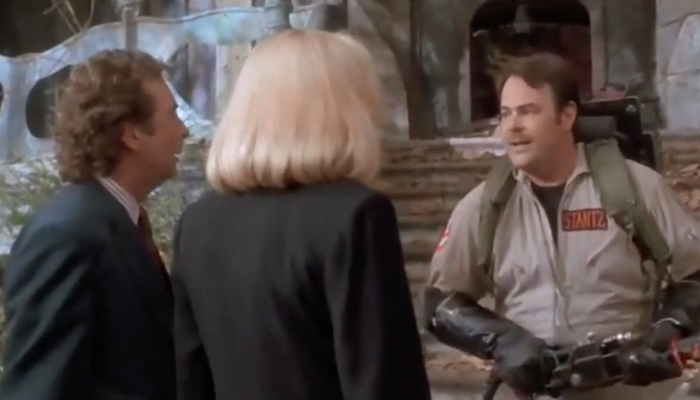
"If there's something strange in your neighbourhood, who you gonna call?" A phrase made famous by 'Ghostbusters', a trope which often gets quoted and has re-emerged in various movies and parodies, including in 'Casper' during a cameo by Dan Aykroyd. Appearing as Ghostbuster Ray Stantz, he runs out of the haunted mansion as states, "who you gonna call? ...someone else".
Calling in an expert to assist with a haunted is also a common trope in paranormal movies. We've seen it in 'The Exorcist' when Father Merrin is called in to help Father Karras with Regan's exorcism. Psychic Elise Rainier and her ghost hunting team are called in to help the family in 'Insidious'. And, of course in 'Poltergeist' the eccentric medium Tangina, played by Zelda Rubinstein is asked to help with the haunting.
Unfinished Business
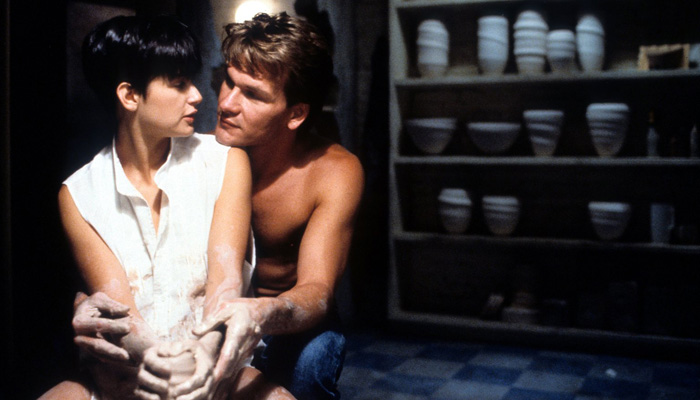
This common trope emerged in the 1970s when movies started to depict ghosts in romantic plots. A common theme in the romantic genre from this period is the ghost as a benign guide or messenger, often with unfinished business, such as 1989's 'Field Of Dreams', the 1990 film 'Ghost', and the 1993 comedy 'Heart And Souls'.
This has now become the primary reason why ghosts are barred from the afterlife. They want revenge, or want their story to be told. Perhaps they're the victim of a murder and need to reveal the identity of their killer from beyond the grave. Some spirits have simply die suddenly, violently, or untimely and find it hard to accept that they're dead. Their inability to comprehend their situation is their unfinished business and the they are trapped in our realm.
Electromagnetic Ghosts
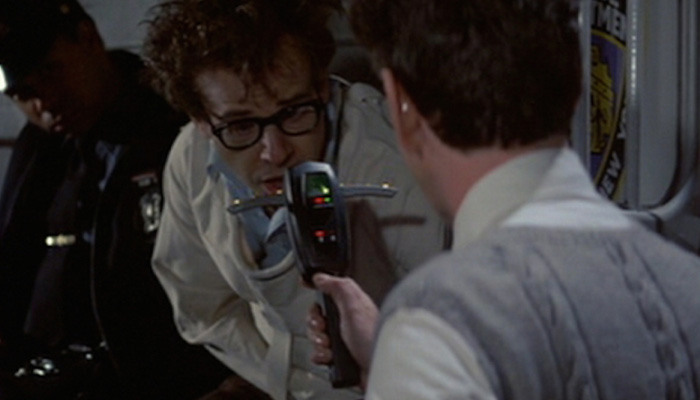
It's a common belief amongst ghost hunters that spirits can be detected by a spike in the electromagnetic field, perhaps this dates back to the 80s and 'Poltergeist' when one of the team researching the house says "it's electrical, you can smell the charge."
This trop is very common in ghost hunting shows who use EM meters and similar devices to hunt ghosts, and they weren't the only ones. The Ghostbusters' PKE meter worked in a similar way.
There are countless movies and television shows which show ghosts interacting with electrical equipment. The movie 'White Noise' solely revolves around the idea of EVP, which stands for electronic voice phenomenon, and in the 1999 remake of 'House On Haunted Hill' a ghost appears on a camcorder screen.
Séances
From ouija boards to clairvoyants, séances are a familiar part of many paranormal movies. Most notably, in 'Ghost', Woopi Goldberg's character performs bogus séances. There's also a séances in the second 'Paranormal Activity', a very creepy séances involving a gas mask in 'Insidious', and in 'The Others' a séance is carried out to try to contact the ghosts haunting the house.
Further Reading
Dive into the world of the paranormal and unexplained with books by Higgypop creator and writer Steve Higgins.

Whispers From The Other Side
A guide to capturing and analysing EVPs for ghost hunters of all levels, covering techniques and theories.
Buy Now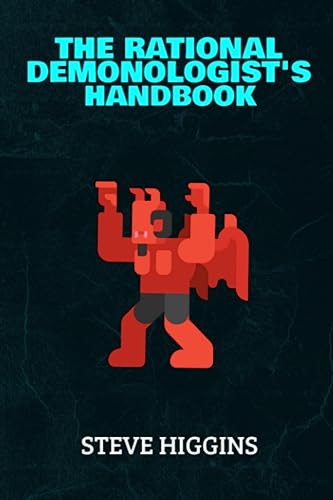
The Rational Demonologist
An exploration of demonic activity, including possession, protection, and exorcism.
Buy NowMore Like This
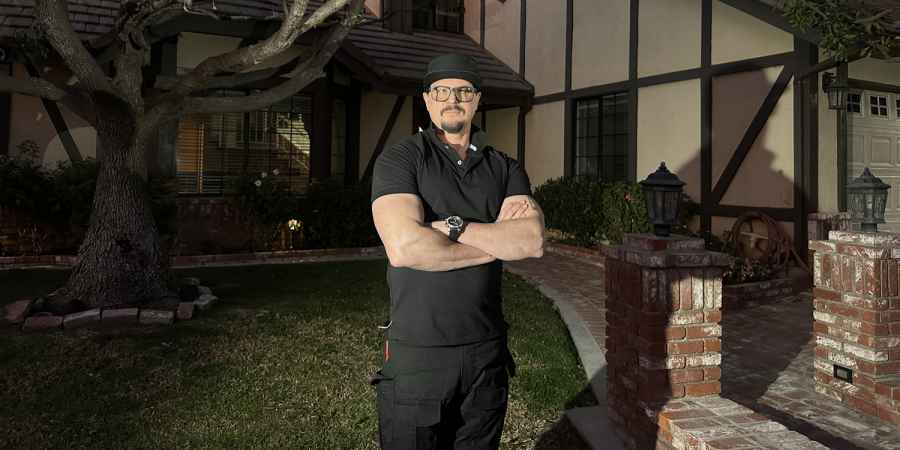
Ghost AdventuresApril 13, 2025
Watch A Sneak Peek Of The New Season Of 'Ghost Adventures'
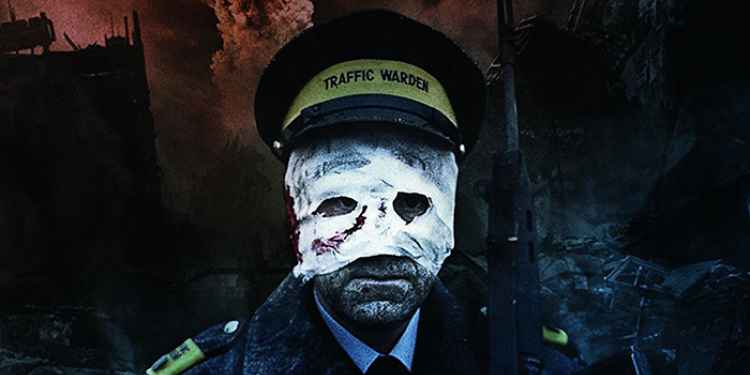
ThreadsApril 09, 2025
Grim Apocalyptic BBC Drama 'Threads' To Be Reimagined As A TV Drama Series
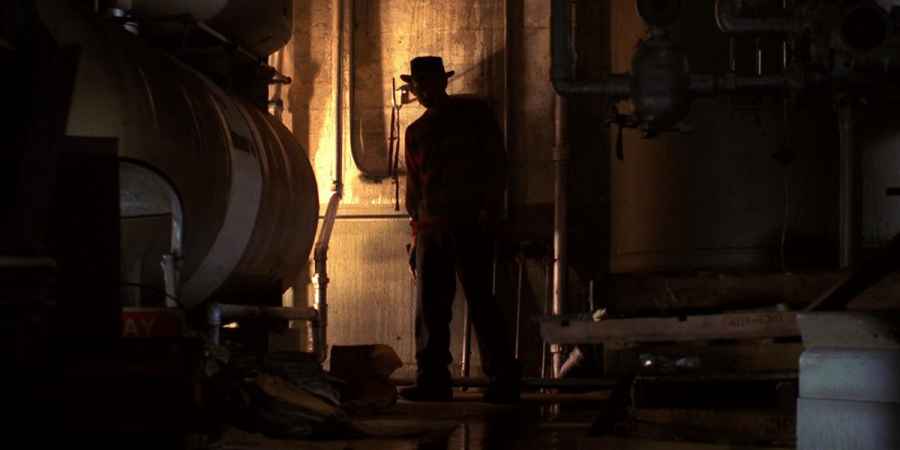
Nightmare On Elm StreetApril 08, 2025
New 'A Nightmare On Elm Street' Movie Reboot Gets An Official Update
 See More on Audible
See More on Audible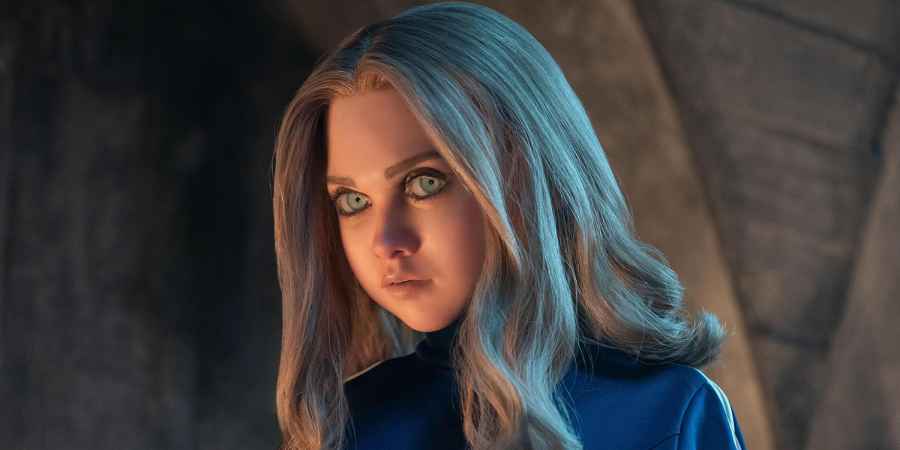

Comments
Want To Join The Conversation?
Sign in or create an account to leave a comment.
Sign In
Create Account
Account Settings
Be the first to comment.